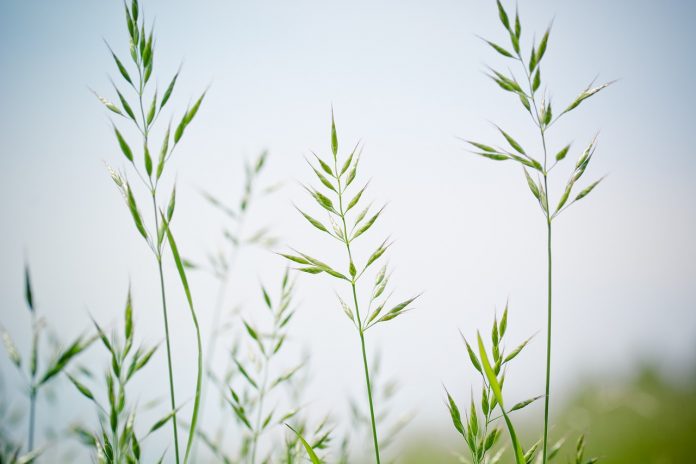Legumes may be more common than you think. Red clover and white clover are in our pasture and hay fields. Soybeans and alfalfa are pillars in our agricultural economy.
Did you know there are over 18,000 species of legumes on the planet? Depending which taxonomist is counting, only 12,500 are classified as legumes. Regardless, that’s quite a few plants.
The ability to fix nitrogen from the atmosphere is well understood to be one of the reasons we value legumes so highly in our agricultural systems.
There are herbs, shrubs, and trees that are all classified as legumes by taxonomists and botanists.
The chemical Rotenone is actually derived from a legume plant. In general terms, if a plant bears a seed in a pod then it is probably a legume.
Legumes varieties
I pulled up a pocket forage guide that I keep at hand to check the list of legumes that are most compatible with our forage grasses.
If we consider tall fescue, orchardgrass, timothy, and Kentucky bluegrass as forage grasses, then the legumes that will pair with these are annual lespedeza, alfalfa, birdsfoot trefoil, red clover, and white clover.
Red clover is likely the most utilized and frequently recommended for pasture mixes in my area, but the different legumes do vary in response to soil types and conditions.
There is a list of about 10 more legumes that are compatible with small grains or ryegrass. It’s usually best to put just one legume species in a mix.
Tall fescue is very common and it is possible that if you do not plant it, eventually it will establish in your fields.
It is one of the most well-adapted and persistent plants available to us but contains a fungal endophyte that carries potential health risks to livestock especially in warm summer months.
For this reason, grass-legume mixtures play a very important role because the legume dilutes the fescue endophyte and reduces the risk of fescue toxicosis.
Farm Science Review
We do have many resources available to us to select proper pasture mixes and there are newer fescue varieties that have lower concentrations of the endophyte.
As a small demo project, we have planted fescue with red clover in one plot and fescue with hairy vetch in the adjacent plot.
You can see this at the Gwynne Conservation Area this year at Farm Science Review where there are also other small forage plots on display this year.
Hairy vetch
Fescue and red clover are fairly well understood and often used, so I will highlight characteristics of hairy vetch.
Hairy vetch is a cool season annual legume with high seedling vigor, tolerance to acid soils, lower tolerance to poor drainage, and fair tolerance to drought and close grazing.
It has a taproot, tendrils, and violet blue flowers. Left to its own devices it may grow three to seven feet tall.
Hairy vetch has medium palatability and fair to poor winter hardiness for our area.
Indeed, when I recently had the opportunity to visit the plot to check up on it, we had the conversation that hairy vetch often wears out in 2-3 years in this region.
Considerations with hairy vetch are that as forage it will primarily be available during the March-May window when many other species are also productive.
It can be cut for hay at early bloom and the lowest cutting and grazing height should be three inches. A rye/hairy vetch combination seems to be the most common use.
Two reasons to use hairy vetch are if the cost is right compared to other species and it is only needed for a short term.
At the Gwynne
For our demo purposes, we have an old standard planted next to something a little bit different.
If you would like to explore a few ideas and talk forage, swing by the demo plots at the Gwynne Conservation Area at Farm Science Review.














Someone might want to correct that headline. Unless of course, this is an article about blacksmithing.
Yikes! Thanks for the heads up! Corrected now.